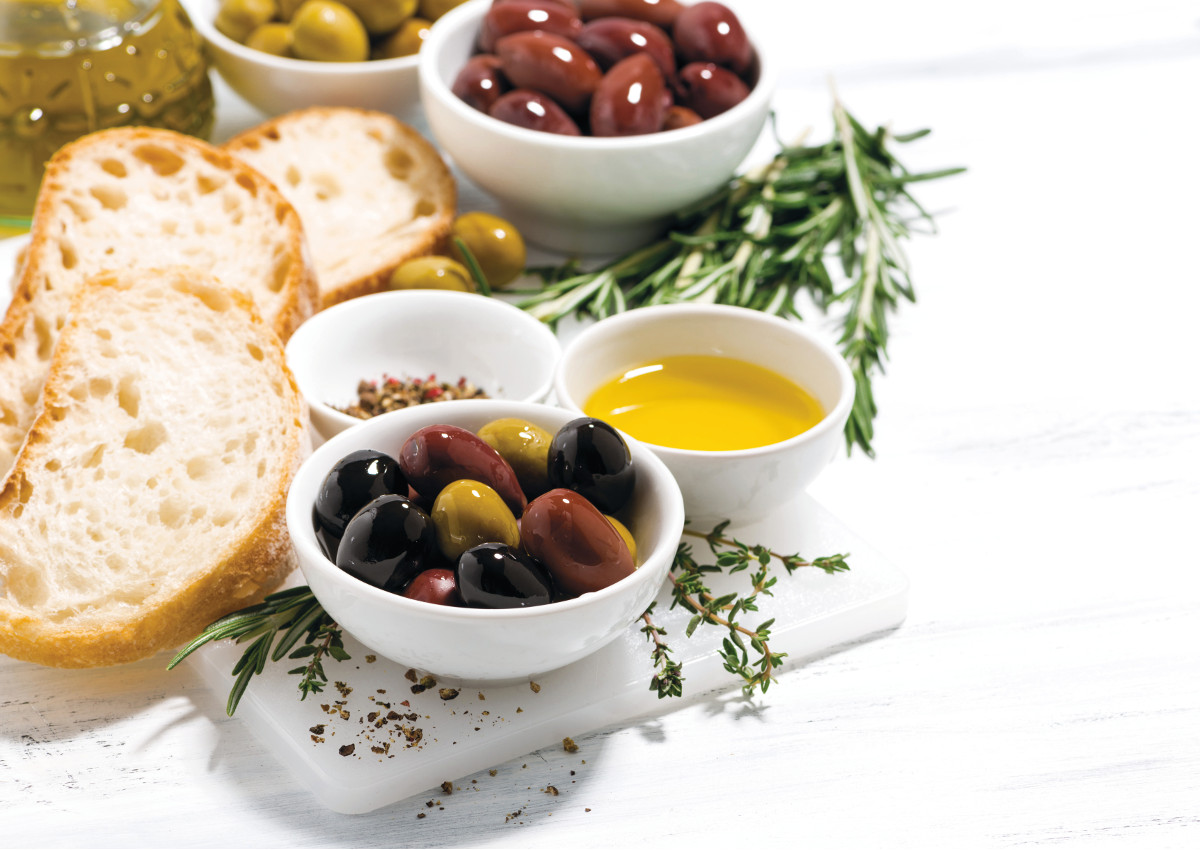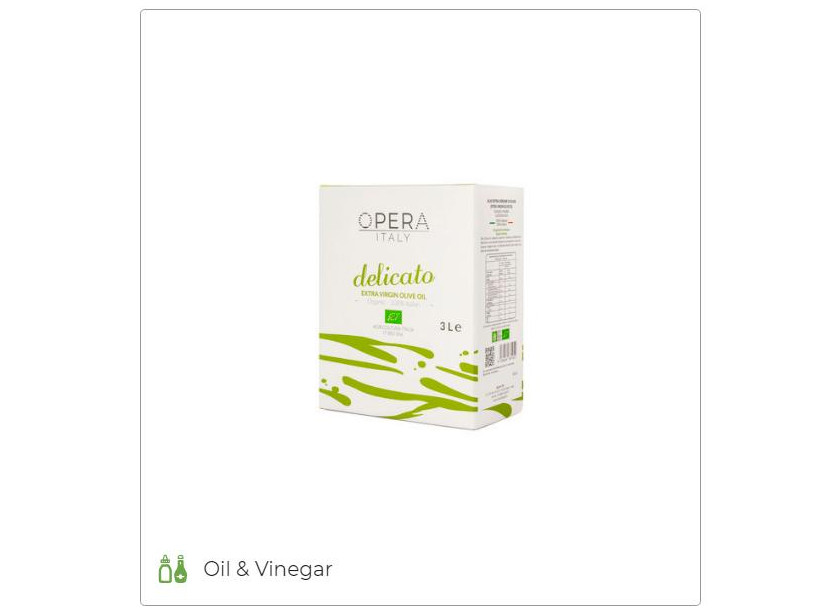
It is a difficult year for Italian olive oil production as it is having to deal with new protectionist policies. The sector, which is being reorganized, goes for quality: the only way to be successful on international markets. With nearly 500 cultivars at the national level (46, either PDO and PGI certifications), traceability, product certifications and a highly sustainable approach for the local areas, the Italian production of extra virgin olive oil confirms its undisputed leadership in terms of quality. Moreover, Italy is still the first country in the world for total consumption of olive oil, with 600,000 tonnes per year (+20% compared to Spain and twice that of the USA).
EXPORTS
Despite such high domestic consumption, the ‘green gold’ is exported pretty much everywhere in the world. However, as pointed out by Italia Olivicola (the leading Italian olive farming organization, which boasts 250,000 producers turning over 54 million euro annually and exporting to 43 countries), the product’s presence on international markets needs to be strengthened. According to a study by the same organization, the Italian product still maintains its leadership in Germany and Canada, however, in the United States, Spain is currently the leading exporter. Italy is in second place (behind Spain) in China, Russia, Mexico and Japan, while it is third top exporter to Brazil (after Portugal and Spain).

According to Italia Olivicola, what curbs the popularity of the product abroad is both the fact that its superior quality is not perceived and the protectionist policies pursued by many countries outside the EU. Last year, for example, India increased its import duties on extra virgin oil olive from 12.5% to 30%.
ITALIAN OLIVE OIL: PRODUCT TRENDS
- Monocultivar extra virgin olive oil;
- Organic range is getting wider;
- Sustainable supply chain;
- Traceability (Qr code on pack).

LABELING RULES
In order to increase the quality of the product and benefit consumers, last January Unaprol proposed to review the parameters of the product category of extra virgin olive oil, by lowering the acidity threshold from 0.8% to 0.5% and by establishing a median value for the yield greater than 2%. Meanwhile, in order to offer more protection to consumers, the ‘Ispettorato Centrale Repressione Frodi’ – ICQRF – (central inspectorate for fraud repression) published a “Practical guide to labeling olive oil” on the website of Italy’s Ministry of Food and Agriculture. First of all, the label should always bear the origin of the product (if it is made from olives coming from EU or non-EU countries, and if they have been milled in a country other than the one in which they were farmed).

Moreover, next to the “extra-virgin olive oil” wording, it needs to say “superior olive oil obtained directly from olives and solely by mechanical production means”. Finally, with the exception of PDO products, the label cannot bear any references to the area of origin. The nutritional information on the label is mandatory and must state the energy value in kJ and Kcal, the amount of fat and saturated fatty acids, carbohydrates, sugars, proteins and salt. It is also forbidden to sell unbottled oil, while bottled olive oil offered in restaurants (as a condiment/dressing) must have an anti-top up cap to prevent any refilling.
